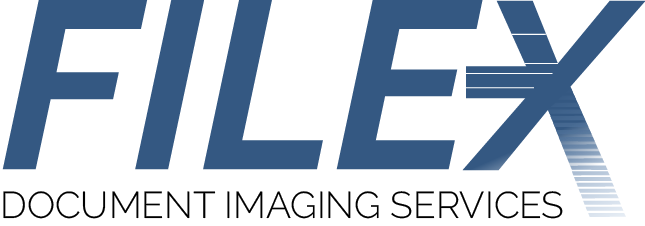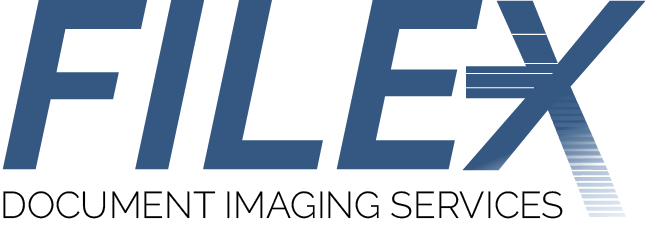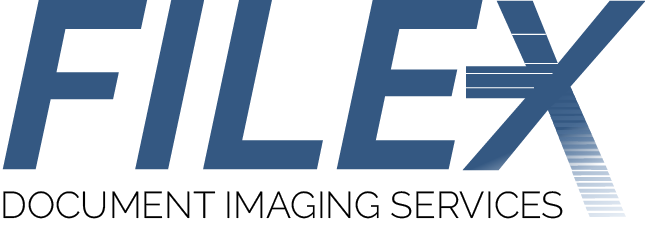As we usher in a new year, Philadelphia area businesses are constantly on the lookout for innovative ways to enhance efficiency, reduce costs, and stay competitive. One transformative technology that continues to gain traction is document imaging. By converting paper documents into digital files, businesses can reap a multitude of benefits. Here’s why document imaging should be a key part of your business strategy in 2025.
Improved Efficiency and Productivity: Paper-based systems are inherently time-consuming. Employees spend countless hours searching for, filing, and managing physical documents. Document imaging eliminates these inefficiencies by enabling quick access to digital files through simple keyword searches. With instant access to information, employees can focus on more productive tasks, significantly boosting overall efficiency. Utilizing on site document scanning allows businesses in the area to expedite this process even further.
Cost Savings: Maintaining physical documents involves significant costs—storage, paper, printing, and administrative expenses add up. Document imaging reduces these costs by minimizing the need for physical storage space and cutting down on paper usage. Additionally, it lowers the expenses associated with document retrieval and management. On site document scanning in Philadelphia also helps save on transportation and handling costs.
Enhanced Security: Security is paramount in today’s business environment. Physical documents are vulnerable to theft, loss, and damage. Digital documents, on the other hand, can be encrypted, password-protected, and backed up to ensure they remain secure. Document imaging provides an additional layer of security, helping businesses protect sensitive information from unauthorized access and potential disasters. Local services offering on site document scanning in Philadelphia ensure documents never leave your premises, adding another level of security.
Environmental Sustainability: Reducing paper usage aligns with the growing emphasis on environmental sustainability. By transitioning to digital documents, businesses can significantly reduce their carbon footprint. This not only helps in preserving the environment but also enhances the company’s reputation as a socially responsible organization.
Better Collaboration and Remote Access: In the era of remote work, having access to documents from anywhere is crucial. Document imaging ensures that employees can access and collaborate on documents in real-time, regardless of their location. This seamless access fosters better teamwork and keeps projects moving forward without delays.
Regulatory Compliance: Many industries are subject to strict regulatory requirements for document management. Document imaging helps businesses comply with these regulations by providing a secure and organized way to store and retrieve records. Digital documents are easier to audit, track, and manage, ensuring compliance with industry standards and legal requirements.


